Monocard 20 | Tablet | 10 pcs
৳ 14.30
Brand Name: Monocard Tablet
Generic: Isosorbide Mononitrate
20 mg
Manufacturer: Drug International Ltd.
Unit Price: ৳ 1.43 (10 x 10: ৳ 143.00)
Strip Price: ৳ 14.30
Indications
Isosorbide mononitrate tablets are indicated for-
- The prevention of angina pectoris due to coronary artery disease. The onset of action of oral isosorbide mononitrate is not sufficiently rapid for this product to be useful in aborting an acute anginal episode.
- Long-term treatment of blood-flow disorders of the coronary vessels (coronary heart disease)
- Long-term treatment and prophylaxis of angina pectoris (chest pain due to coronary blood-flow disorders of the coronary vessels).
- Treatment of severe myocardial insufficiency (chronic heart failure)
Therapeutic Class
Description
Pharmacology
Dosage & Administration
The usual oral dose is 1 capsule (50 mg) daily or as directed by the registered physician.
The recommended regimen of Isosorbide Mononitrate tablets is 20 mg (one tablet) twice daily, with the two doses given 7 hours apart. For most patients, this can be accomplished by taking the first dose on awakening and the second dose 7 hours later. Dosage adjustments are not necessary for elderly patients or patients with altered renal or hepatic function.
Multiple studies of organic nitrates have shown that maintenance of continuous 24-hour plasma levels results in refractory tolerance. The dosing regimen for Isosorbide Mononitrate tablets provides a daily nitrate-free interval to avoid the development of this tolerance. Well-controlled studies have shown that tolerance to Isosorbide Mononitrate tablets is avoided when using the twice-daily regimen in which the two doses are given 7 hours apart. This regimen has been shown to have antianginal efficacy beginning 1 hour after the first dose and lasting at least 5 hours after the second dose. The duration (if any) of antianginal activity beyond 12 hours has not been studied; large controlled studies with other nitrates suggest that no dosing regimen should be expected to provide more than about 12 hours of continuous antianginal efficacy per day.
In clinical trials, Isosorbide Mononitrate tablets have been administered in a variety of regimens. Single doses less than 20 mg have not been adequately studied, while single doses greater than 20 mg have demonstrated no greater efficacy than doses of 20 mg.
Interaction
Contraindications
Side Effects
Pregnancy & Lactation
Precautions & Warnings
Overdose Effects
Symptoms : Most common symptoms are hypotension, throbbing headache, tachycardia, and flushing. Methemoglobinemia may occur with massive doses.
Treatment: Treatment consists of placing patients in recumbent position and administering fluids; alpha-adrenergic vasopressors may be required. Methemoglobinemia should be treated with methyline blue at a dose of 1-2 mg/kg IV slowly.
Storage Conditions
| Generic Name | Isosorbide Mononitrate |
|---|---|
| Size | 20 mg |
Only logged in customers who have purchased this product may leave a review.



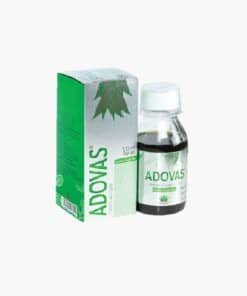
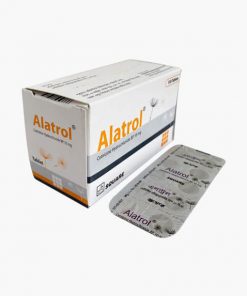
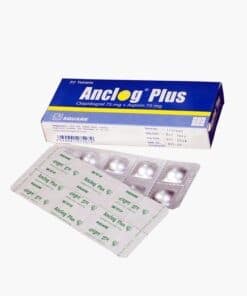
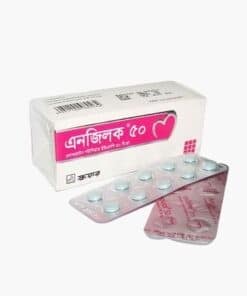
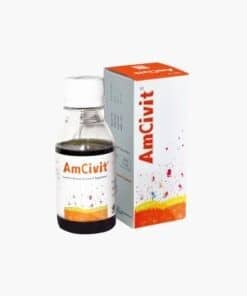
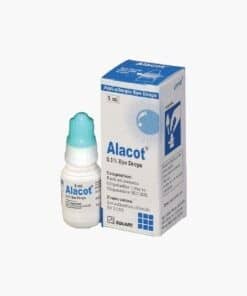
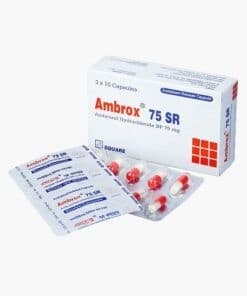
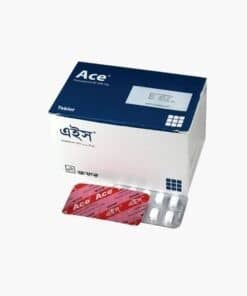
Reviews
There are no reviews yet.